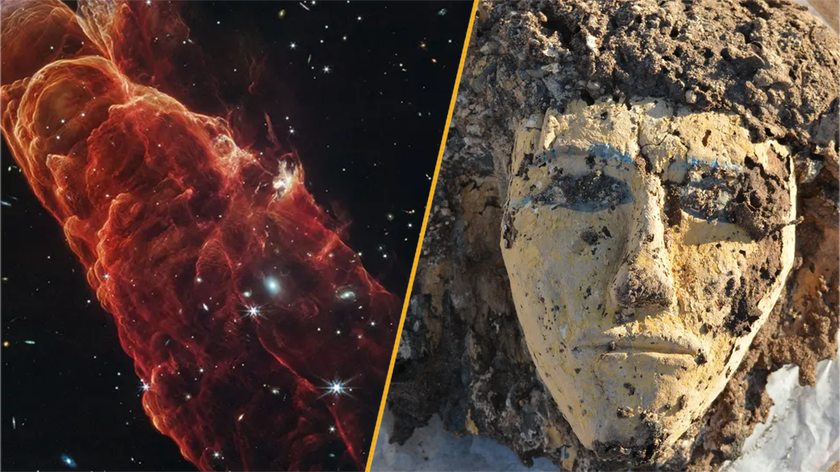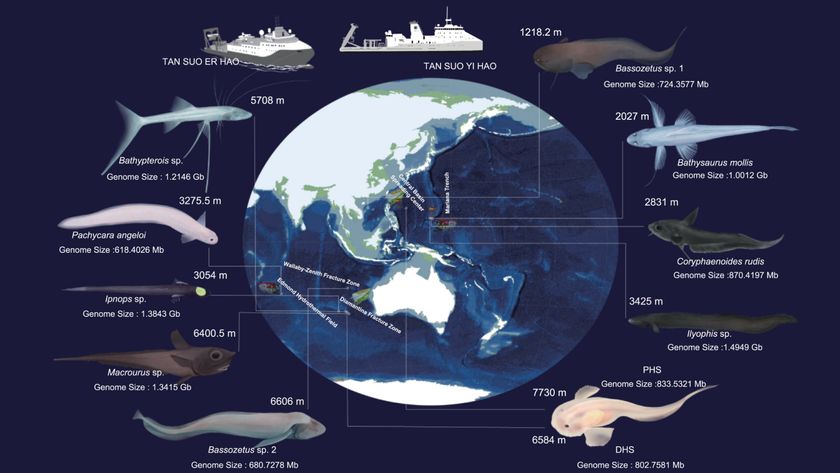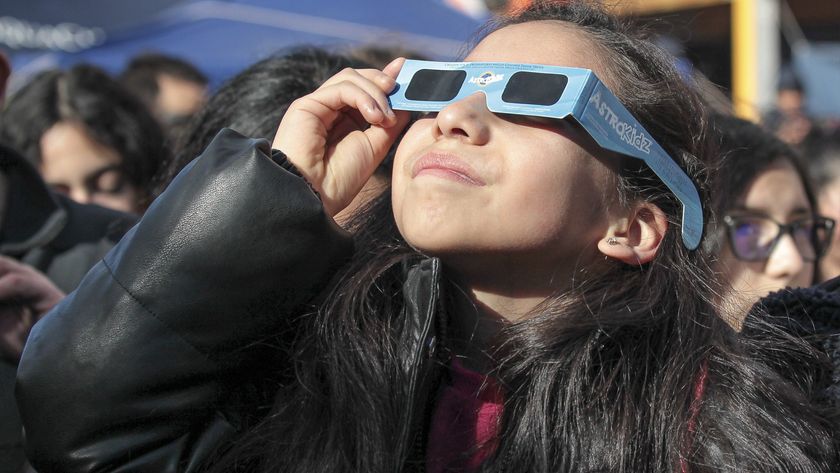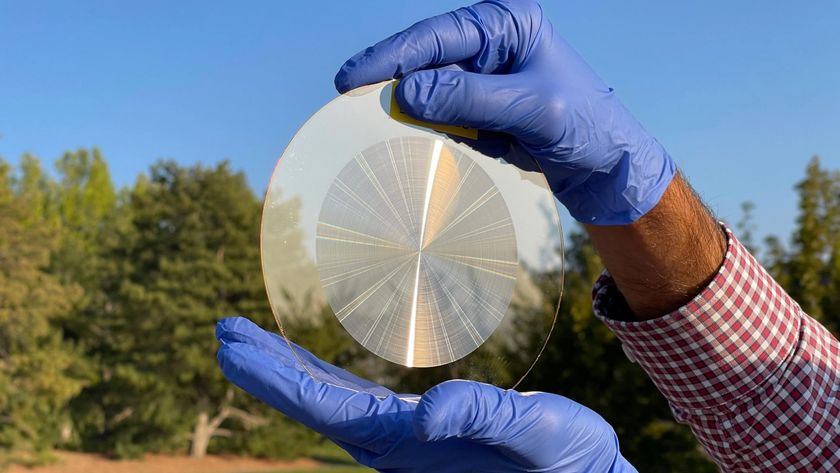'Star Wars'-like Holograms Nearly a Reality
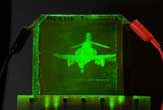
If you think FaceTime on the new iPhone is cool, you probably can't wait for the age of holo-chat. A new holographic technology being developed at the University of Arizona could eventually let us interact with lifelike images of friends living across the globe.
Arizona researchers have made their first demonstration of a holographic display that projects 3-D images from another location in near-real time. The images are static, but they are refreshed every two seconds, creating a strobe-like effect of movement.The researchers hope to improve the new technology over the next few years to bring higher resolution and faster image streaming.
“What we have come up with is a new technique to build three-dimensional telepresence, which means that we can take objects from one location and show them in another location in 3-D in near-real time,” said Nasser Peyghambarian, a professor of optical sciences who co-authored the report on the Arizona team's findings.
So far, the Arizona team has tested out a holographic display of about 10 by 10 inches, showing lifelike images of researchers in a separate lab.
The researchers built a similar system two years ago that could update images every four to five minutes.
Potential applications for this technology straight out of "Star Wars" include 3-D video conferencing, medical and military imaging, and updatable 3-D maps. The real goal, however, is to replace all 2-D screens used in everyday life with the system, said lead study author Pierre-Alexandre Blanche, an assistant research professor in optical sciences.
Holography records the light scattered from objects and uses it to reconstruct a picture of these objects. It is the most lifelike 3-D rendition of objects, because it uses the same technique as our eyes to visualize our surroundings.
Sign up for the Live Science daily newsletter now
Get the world’s most fascinating discoveries delivered straight to your inbox.
For now, though,the holograms are static, like those on driver's licenses that refract light to create a 3-D image. Also, the image colors are not true to life, but rather appear in varying tones of green or red.
At the heart of the technology is a new plastic material where the image gets displayed. This polymer can be refreshed very quickly, so the image is constantly updated.
“It is like having a frame instead of a TV in your living room,” Blanche told TechNewsDaily. “We are using a new type of polymer called photorefractive that can record, erase and be rewritten many times.”
To deliver images to the photorefractive polymer, 16 cameras take simultaneous pictures of a real scene every second. These images are combined into a package of data and sent via the Internet to the holographic system. Each package of data is encoded into special lasers, which pattern hogels (holographic pixels) onto the polymer, creating the 3-D image in the other location. These hogels are updated continuously.
The setup allows a person to view the hologram at 16 different angles, so as you shift to the left or the right or move your head up or down,the perspectives changes just as in real life.
The researchers are continuing their work on the technology, hoping to give it, among other things, life-size display capability.
“It won't come to our living room [by this] Christmas,” Blanche said.“But we can have systems ready for hospitals or command-and-control operation rooms in the near future — let's say a couple of years.”
The researchers detail their findings in the Nov. 4 issue of the journal Nature.

